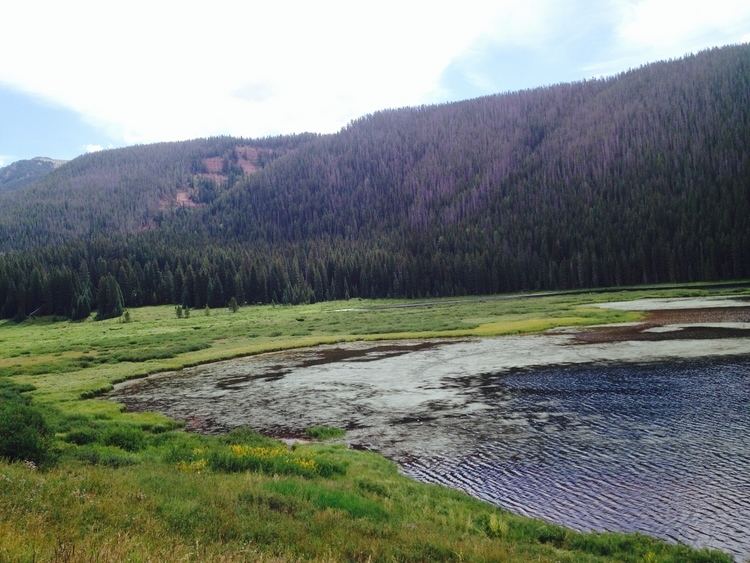Thickness 300m Named for Candeleros Hill Primary Sandstone | ||
 | ||
Other ConglomerateEolianSiltstonePaleosol | ||
The Candeleros Formation (formerly known as the Candeleros Member of the "Rio Limay Formation") is a geologic formation that outcrops in Río Negro, Neuquén, and Mendoza provinces of Argentina. It is the oldest formation in the Neuquén Group and belongs to the Rio Limay Subgroup. Formerly that subgroup was treated as a formation, and the Candeleros Formation was known as the Candeleros Member.
Contents
The type locality of the Candeleros Formation is Candeleros Hill in Neuquén province. This formation unconformably overlies the Lohan Cura Formation, and it is in turn overlain by the Huincul Formation, also a unit of the Neuquén Group. The sediments of the latter are of lighter greenish and yellow colors and the boundary between the Candeleros and Huincul formations is easily recognizable.
The Candeleros Formation is almost 300 meters thick in some sections. Overall, the formation represents an ancient braided river system, made up mostly of sandstones and conglomerates. There are also isolated sections that represent eolian (wind-blown) deposition, as well as siltstones deposited under swamp conditions. Paleosols (soil deposits) are common in some sections as well.
Age
Era: Mesozoic
Period: Late Cretaceous
Faunal stage: early Cenomanian
Absolute Age: ~100 to ~97 mya
Vertebrate paleofauna
The Candeleros Formation has a very diverse fossil fauna, including:
Pterosaurs
Pteraichnus is found in Late Jurassic Strata of the Rio Limay group, while substantial pterosaur remains are found on the La Buitrera Late Cretaceous strata.
There are also several trackway sites and eggshells known from the Candeleros Formation, including theropods, sauropods, ornithopods, and pterosaurs.
One of the most productive fossil localities in the Candeleros is known as La Buitrera and is now well known for producing many small tetrapod skeletons with three-dimensional preservation, although larger fossils, such as dinosaurs, are rare. Much larger dinosaur fossils have been recovered from other sites in the formation, however, including one of the largest carnivores known, Giganotosaurus. La Buitrera means, roughly, "the vulture-roost"; the genus Buitreraptor, a small bird-like dinosaur that must have been a predator of small vertebrates and possibly a scavenger was named after this.
